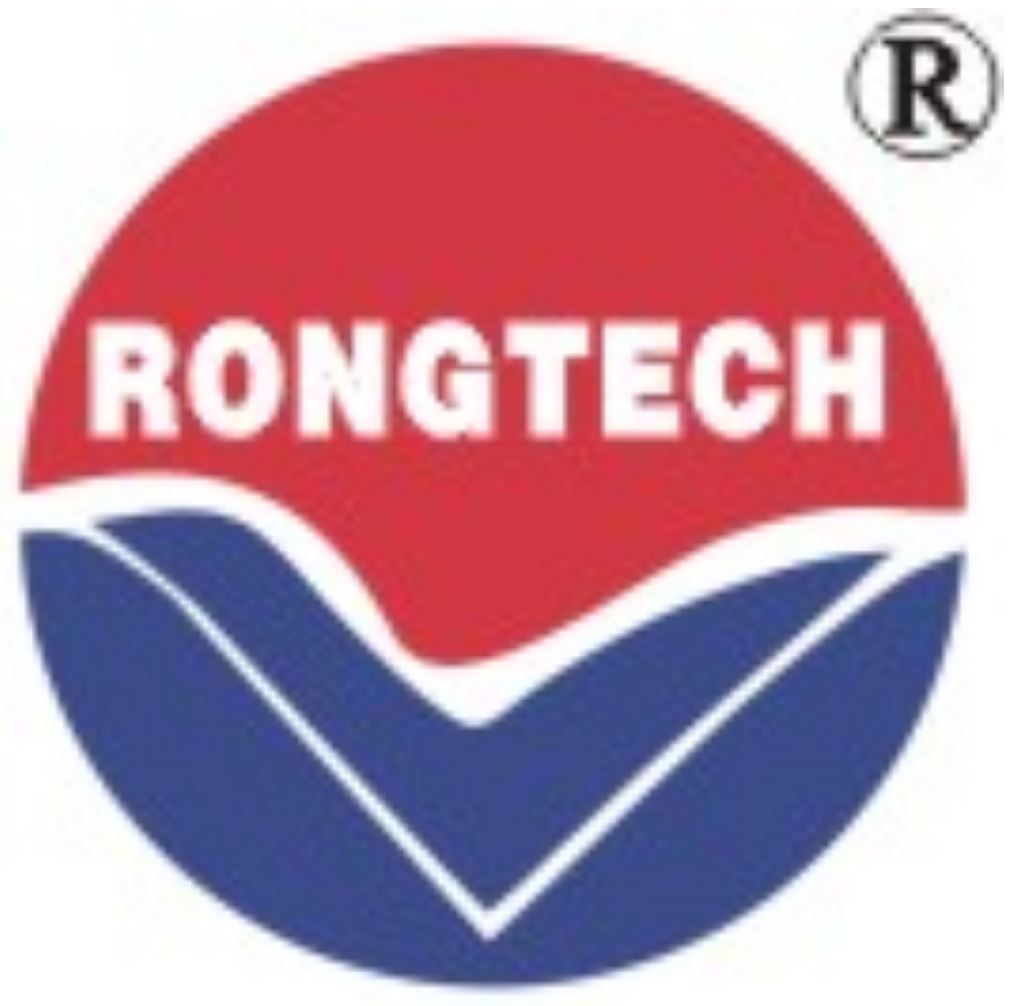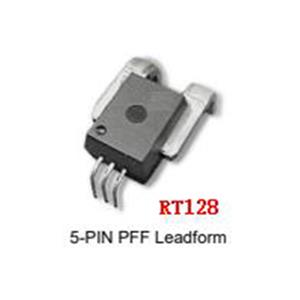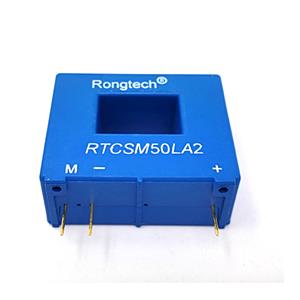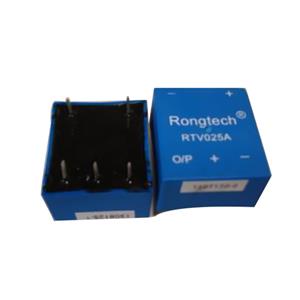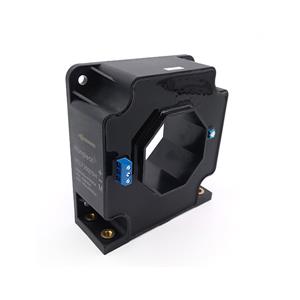Thick Film Non-Inductive High-Power Resistors: Performance and Applications
Thick film non-inductive high-power resistors are critical components in modern electronics, designed to address challenges in power management, thermal stability, and high-frequency operation. These resistors combine advanced materials and manufacturing techniques to deliver robust performance in demanding environments. This article explores their key characteristics, performance advantages, and diverse application areas.
1. Performance Characteristics
1.1 High Power Handling Capability
Thick film resistors are engineered to dissipate significant power levels, often ranging from 10 watts to several hundred watts, depending on their size and design. The thick film technology uses a ceramic substrate coated with a resistive paste (e.g., ruthenium oxide), which is screen-printed and fired at high temperatures. This process creates a durable, heat-resistant layer capable of withstanding high current surges and continuous power loads. Their ability to operate at elevated temperatures (up to 200–300°C) makes them ideal for high-power circuits.
1.2 Non-Inductive Design
Unlike wirewound resistors, which inherently generate inductance due to their coiled structure, thick film non-inductive resistors minimize inductive reactance. This is achieved through a planar layout of the resistive element, eliminating magnetic field generation during rapid current changes. Their inductance values typically remain below 50 nH, making them suitable for high-frequency applications such as RF systems and switching power supplies.
1.3 Thermal Stability and Low TCR
Thick film resistors exhibit excellent thermal stability, with temperature coefficients of resistance (TCR) as low as ±100 ppm/°C. This ensures minimal resistance drift across operating temperatures, critical for precision circuits like voltage dividers or current sensing. The ceramic substrate and thick film material also provide strong thermal conductivity, enabling efficient heat dissipation.
1.4 Compact Size and Customizability
The screen-printing process allows for precise control over resistor geometry, enabling compact designs even for high-power ratings. Manufacturers can tailor resistance values (from 0.1 Ω to 10 MΩ), tolerance (±1% to ±10%), and package sizes to meet application-specific requirements.
1.5 Durability and Reliability
These resistors are resistant to environmental stressors such as humidity, vibration, and chemical exposure. They undergo rigorous testing for pulse handling, overload endurance, and long-term stability, ensuring a lifespan exceeding 100,000 hours in harsh conditions.
2. Key Application Areas
2.1 Industrial Power Electronics
Thick film non-inductive resistors are widely used in industrial motor drives, inverters, and welding equipment. They serve as braking resistors to absorb regenerative energy from motors, preventing voltage spikes. Their high surge tolerance also makes them effective in crowbar circuits for overvoltage protection.
2.2 Automotive and Electric Vehicles (EVs)
In EVs, these resistors manage power distribution in battery management systems (BMS), onboard chargers, and DC-DC converters. Their non-inductive properties are critical for reducing electromagnetic interference (EMI) in high-switching-frequency environments. They also act as precharge resistors to limit inrush currents during EV startup.
2.3 Renewable Energy Systems
Solar inverters and wind turbine converters rely on thick film resistors for snubber circuits and load banks. They dissipate excess energy in photovoltaic arrays and stabilize grid-tied systems, ensuring compliance with voltage and frequency regulations.
2.4 Medical Equipment
High-power resistors are used in medical imaging devices (e.g., MRI machines) and electrosurgical units, where precision and reliability are paramount. Their low inductance prevents signal distortion in sensitive diagnostic tools.
2.5 Telecommunications and RF Systems
In 5G base stations and radar systems, non-inductive resistors are employed in RF amplifiers and dummy loads to ensure impedance matching and minimize signal reflection. Their ability to handle high-frequency signals without distortion supports stable communication networks.
2.6 Aerospace and Defense
Avionics, missile guidance systems, and satellite electronics utilize these resistors for their ruggedness and performance under extreme temperatures and radiation. They are integral to power supplies and avionic control units.
3. Advantages Over Competing Technologies
Compared to wirewound or carbon composition resistors, thick film non-inductive variants offer:
Lower inductance for high-frequency compatibility.
Higher power density in smaller footprints.
Cost-effectiveness due to scalable manufacturing.
Superior thermal management via advanced substrates.
4. Future Trends
Emerging applications in wide-bandgap semiconductors (SiC/GaN) and electric vehicle fast-charging infrastructure will drive demand for high-power resistors with faster response times and higher efficiency. Innovations in materials, such as graphene-based thick films, may further enhance performance.
Core Keywords
Thick film resistors, Non-inductive design, High-power applications, Thermal stability, Low TCR, Industrial electronics, Automotive systems, Renewable energy, RF communications, Aerospace reliability.
This article underscores the versatility and robustness of thick film non-inductive high-power resistors, positioning them as indispensable components in next-generation electronic systems.
